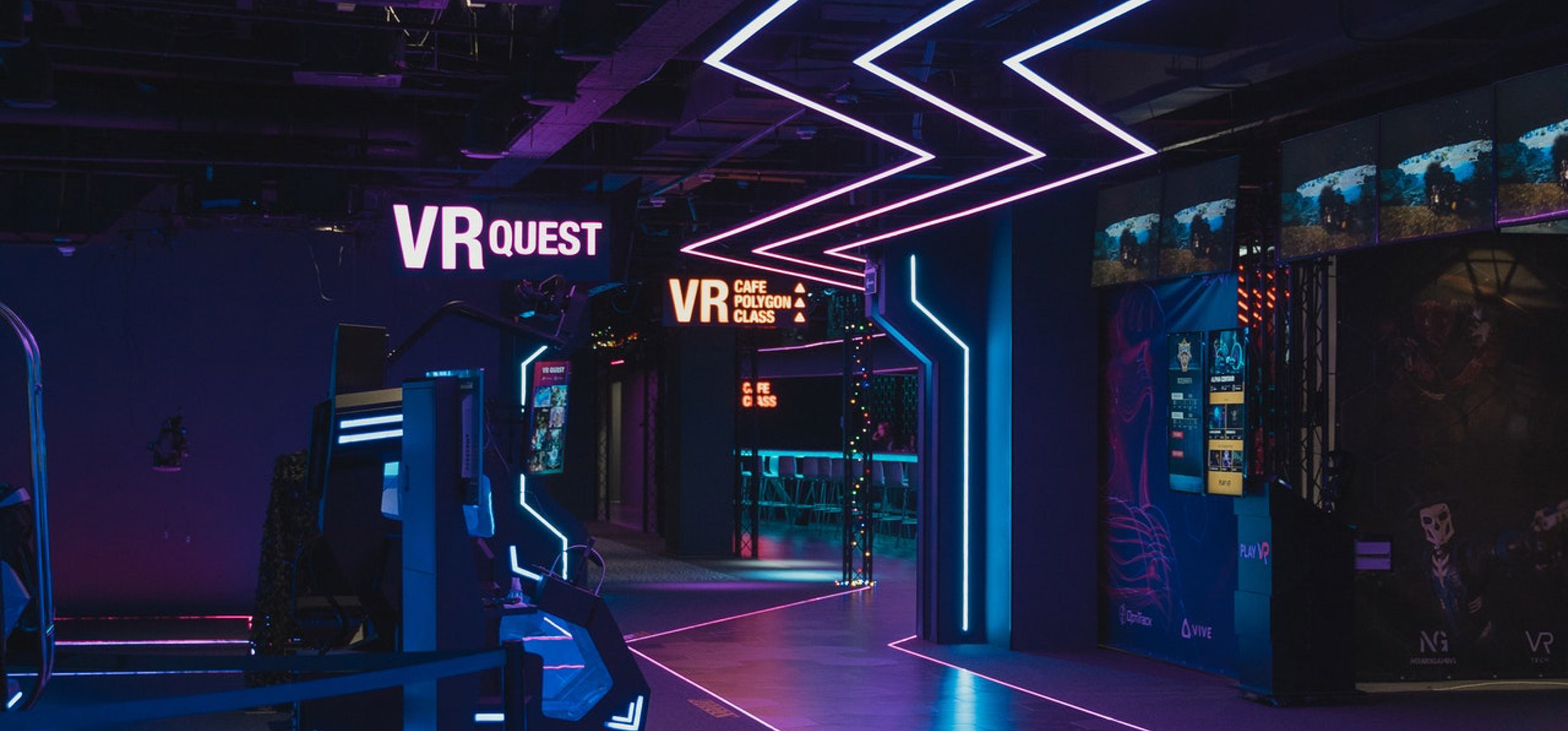

How VR Can Transform Your Website’s User Experience and Engagement
There are always new and innovative developments that create a buzz in the technology industry. Where often experts are on the lookout for the best ways to produce a more immersive online experience and VR has been a leading tool towards this agenda.
In the wake of the pandemic, many started to turn to online platforms that create the best virtual experience to best mirror real-life tasks and experiences, and this is showing no signs of slowing down in our release from lockdown and isolation.
Powerhouses such as Google, Microsoft, and now Facebook are already implementing them successfully. How can smaller businesses take advantage of this to help boost the user experience they’re offering?
What is VR?
VR, or virtual reality, is the use of digital design technology to create immersive simulations outside of the real world, allowing the user to experience a more personalised, captivating version of reality that they can freely explore.
VR often uses 3-D video technology alongside sensory appealing lights, imagery, and sound as the user browses through the platform, allowing them to be entirely captivated and entertained. The idea is to simulate a ‘real-life’ experience as closely as possible. We’ve seen popularity rise in gaming, with VR headsets and walkthrough games allowing the user to be fully engaged with the scenario that’s being provided.
While popular in gaming, VR has recently started to become increasingly popular in the entertainment and business sector helping to improve the accessibility of otherwise real-life experiences such as, meetings, events, and training courses.
VR is a great way to grab the attention of your audience and keep it. Replicating something that you could only strive for in person.
How to use VR on your website.
Below are our suggestions on how VR can be utilized in business.
Shopping and retail.
Producing VR shopping environments are a no-brainer when it comes to elevating the online shopping experience. By producing online fitting rooms, try on’s and browsing, you’re successfully utilizing the ‘try before you buy’ elements of shopping. Like Style.me has done here.
The more you can replicate the real-life shopping elements that push shoppers into physical stores, the more you’ll captivate your audience. Helping combine the experience of “offline” and the convenience of “online”
Chat and meeting rooms.
This is something that has become immensely popular throughout the pandemic. Restricted by Teams and Zoom calls, some business owners turned to VR meeting rooms to help boost the morale of their team.
Already popular on some PC and gaming consoles, VR chatrooms have been around for years, so it was no surprise that is now being used in a wider variety of social and professional environments.
Events and networking.
Like meeting and chat rooms, creating a VR space to host events is a great opportunity to make occasions such as awards, presentations, and guest speaking, more convenient and streamlined not only for those hosting, but those attending.
You can attend this and be back in the office, or at home as soon as it’s over, making it an appealing option for those with busy lifestyles.
Training and education.
Travelling miles away to sit in a classroom and learn from a PowerPoint feels almost redundant. Having training courses and lessons available through VR, can help reach a wider net of individuals looking to learn without it impacting their entire day. Whilst making things more realistic.
Online classes aren’t a new thing but being able to engage with your tutor or teacher as though you were in a classroom or help prepare those learning to drive with some additional understanding on what to expect. There are multiple avenues to explore here.
Travel and tourism.
You can use VR to boost this industry, helping to promote what will be available to the customers.
It’s key to consider your target audience as an active part of the experience as they’ll be actively taking part in the VR you’ve created.
Once you’ve established what experience you’re trying to replicate the process of wireframes alongside visual design can begin.
Of course, VR is a great opportunity to make our lives easier, reducing travel, boosting productivity, and providing convenience, however, you can’t always replicate the same in-person experience you can from fact-to-face interactions and real-life situations.
We may be close to providing these fully immersive VR alternatives, but for now we’ll remain unplugged from the matrix, sometimes.
How Kayo Digital can help.
Here at Kayo Digital, we have a keen eye for those wanting to expand and elevate their business with new and innovative technologies to enhance growth.
Want to know more? Get in touch with the team today.

